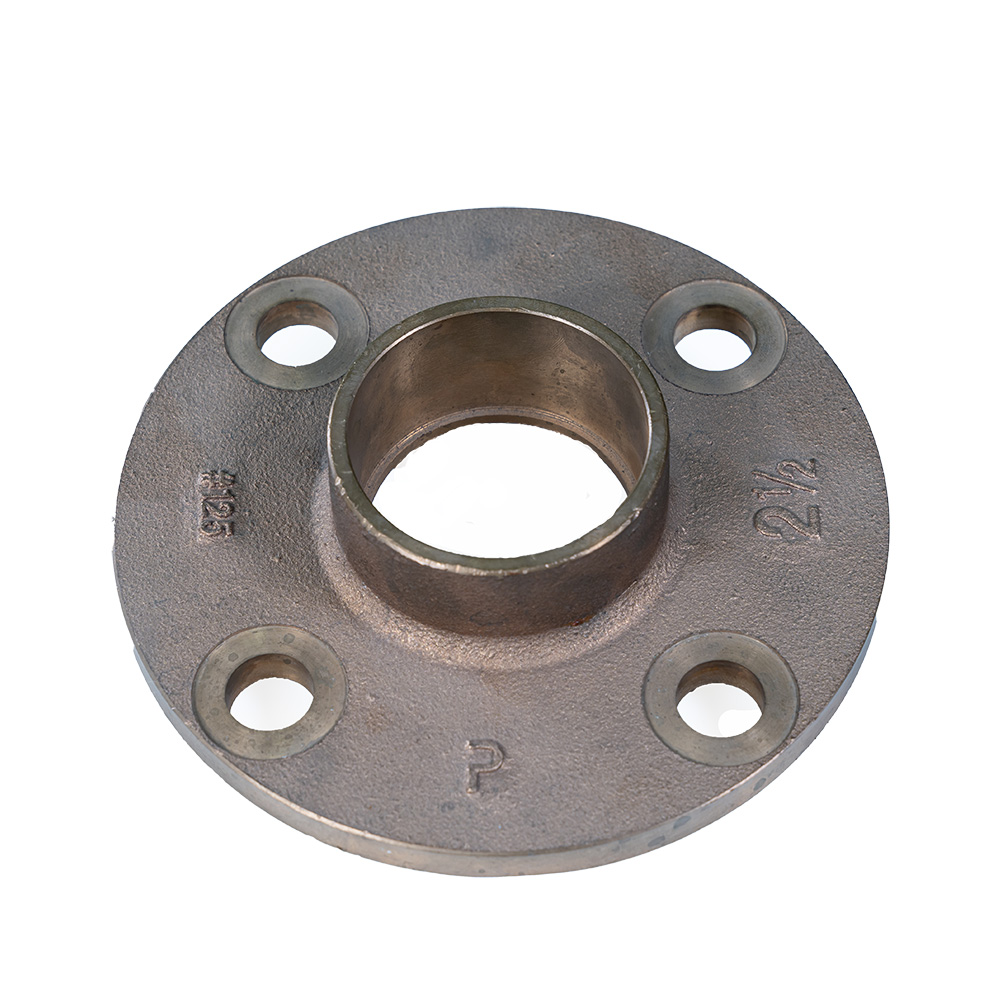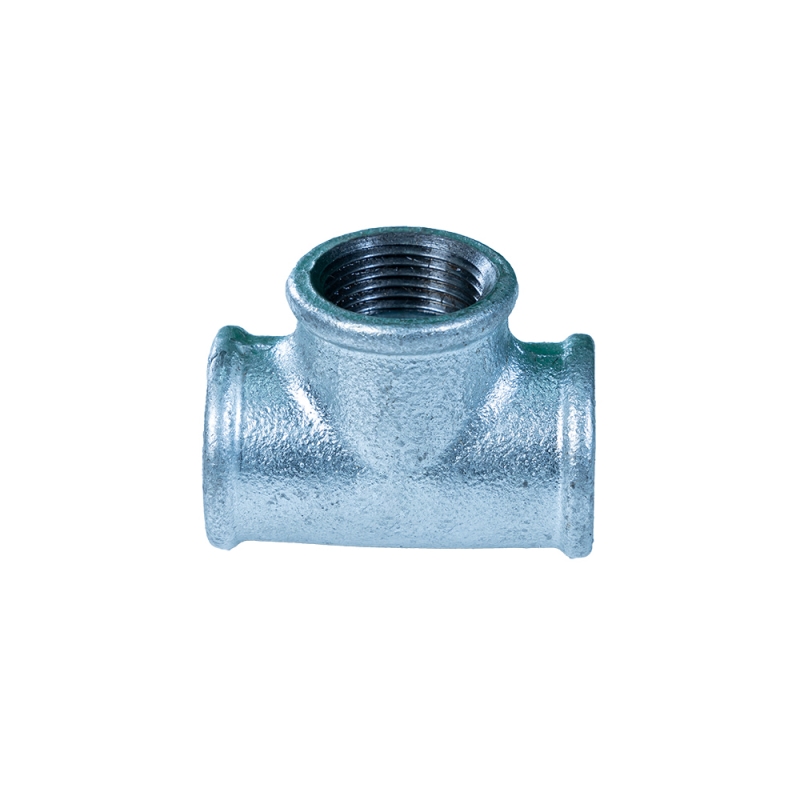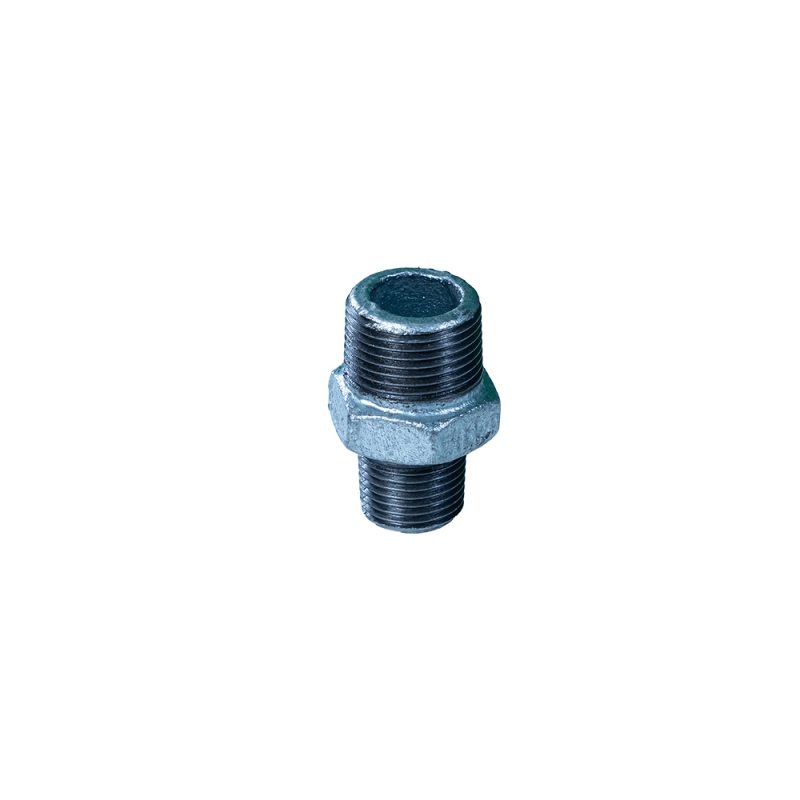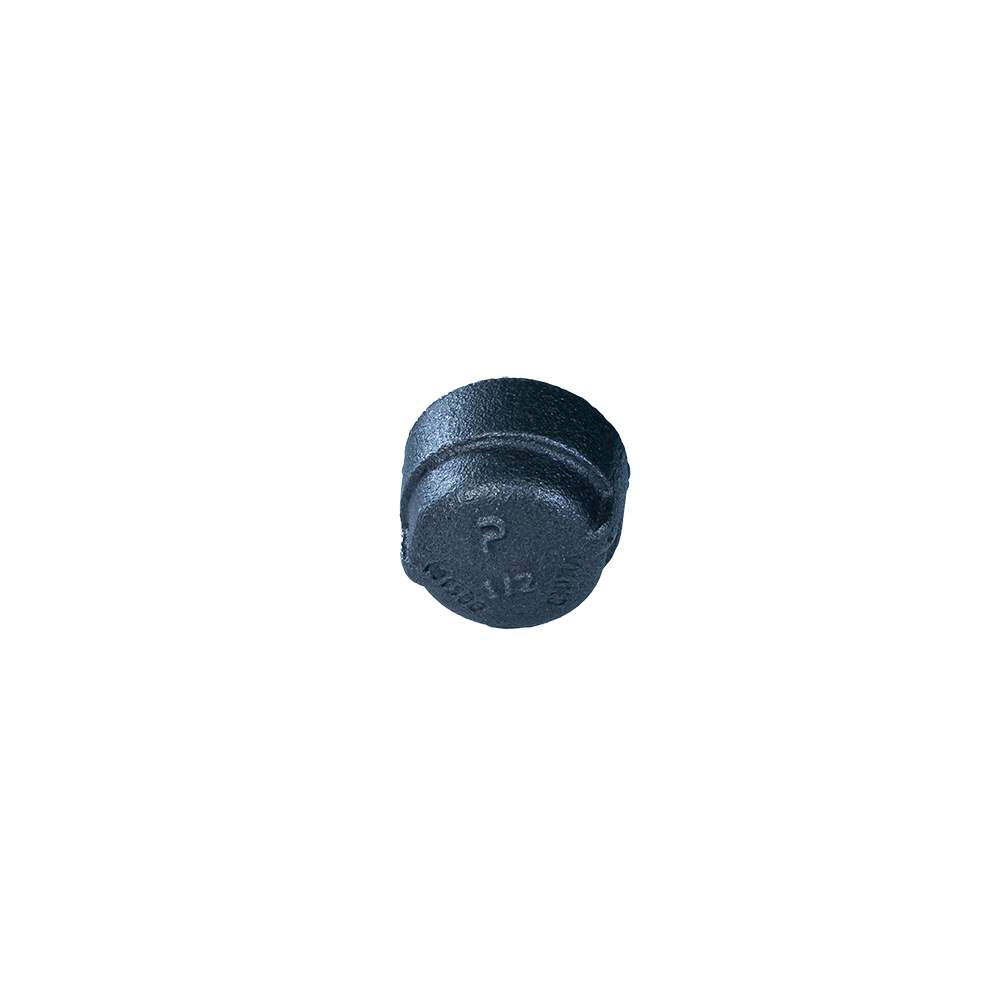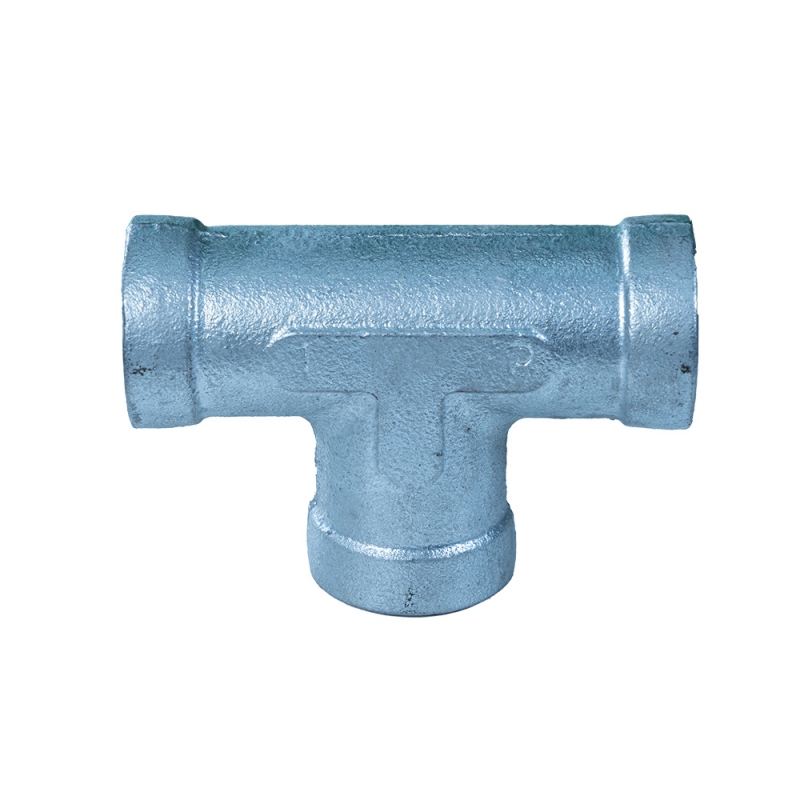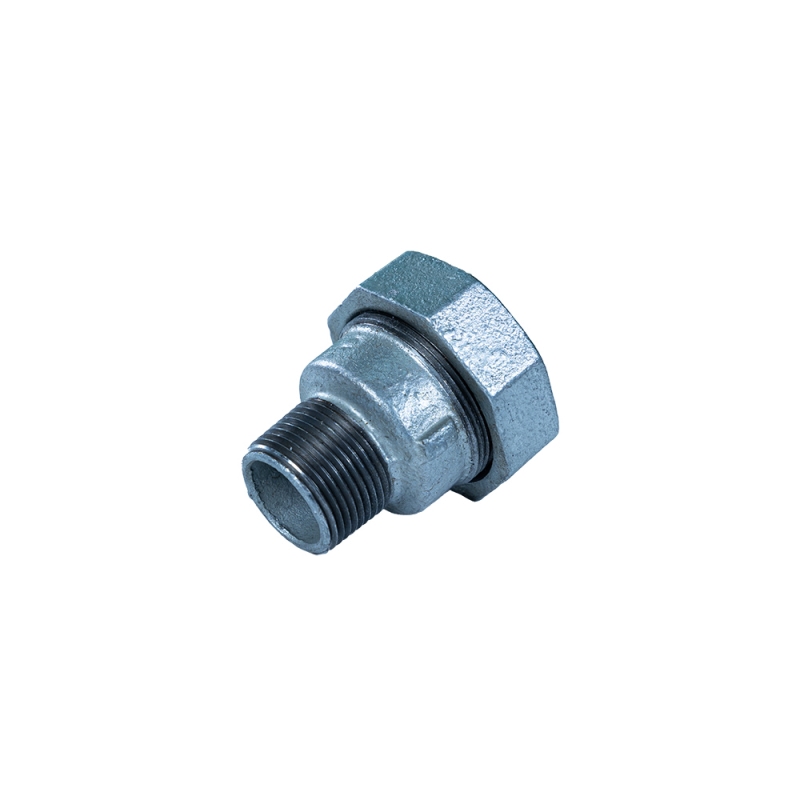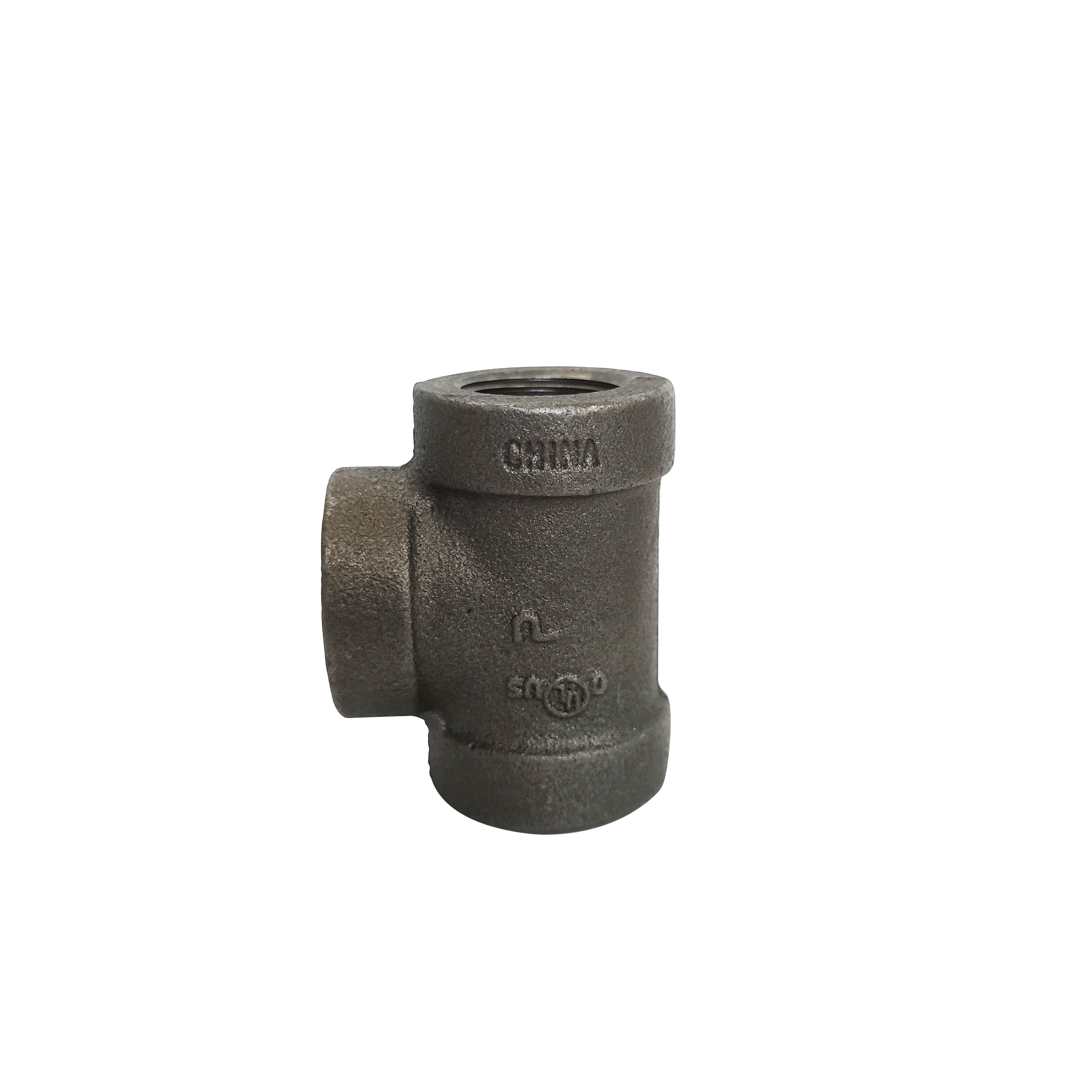In the realm of construction, infrastructure, and plumbing, the right components can make all the difference in ensuring a seamless and efficient system. From adapting to size changes to creating branching pathways, a variety of specialized items play a pivotal role. Let's delve into the significance of mpipe reducer fitting, tee plumbing fitting, manufacturers of pipes and fittings, plumbing fittings, Và fitting pipe and how they contribute to the functionality of various projects.
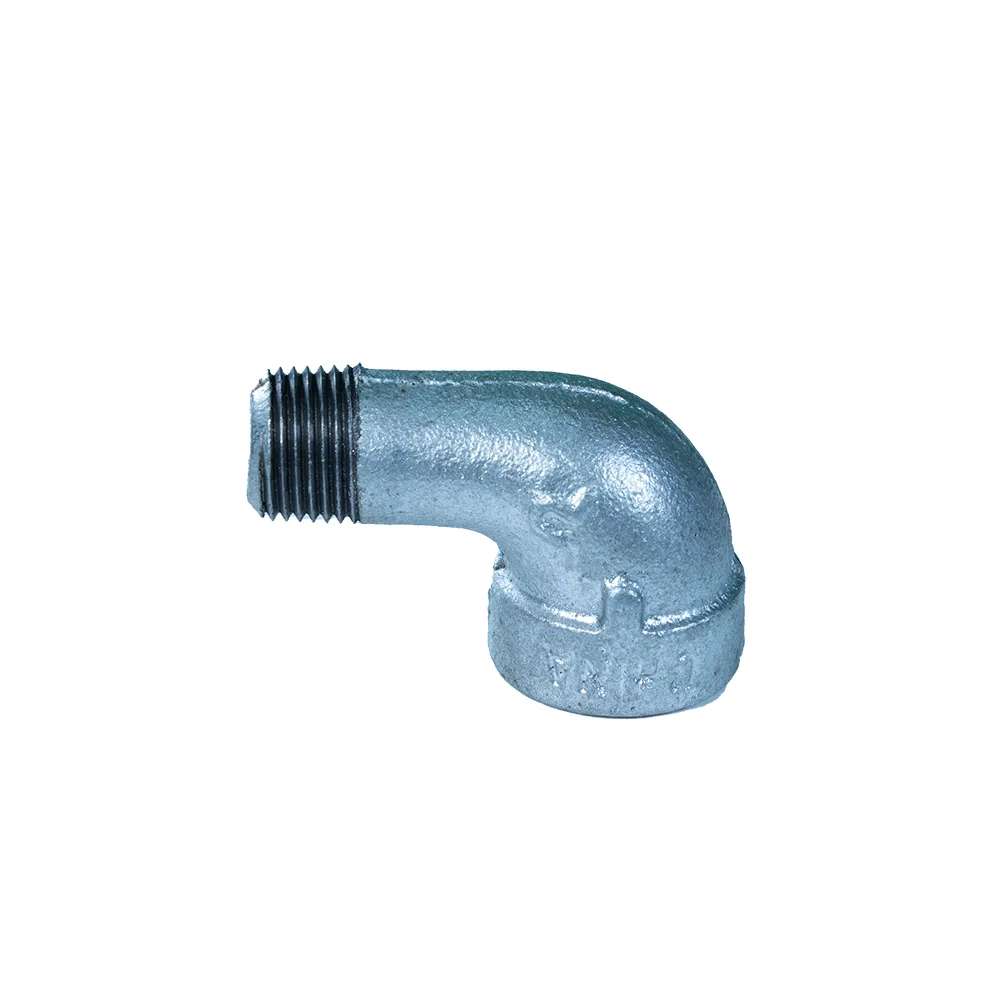
Adapting to Size Transitions with Mpipe Reducer Fitting
When it comes to managing the flow of fluids or gases in a piping system, ensuring a smooth transition between pipes of different diameters is crucial. This is where mpipe reducer fitting comes into play. These fittings are engineered to bridge the gap between larger and smaller pipes, allowing for a seamless change in size without disrupting the flow. In industrial settings, such as manufacturing plants where different sections of the production line may require pipes of varying sizes, mpipe reducer fittings ensure that materials can move through the system unobstructed. In plumbing applications, they are used to connect main supply lines to smaller pipes leading to fixtures like sinks or toilets. Their design, often with a conical or stepped structure, helps maintain the pressure and velocity of the fluid, preventing issues like turbulence or backflow.
Creating Branching Pathways with Tee Plumbing Fitting
For the efficient distribution of water or other substances in a plumbing network, tee plumbing fitting serves as an indispensable tool. These fittings, shaped like the letter "T," allow for the creation of a branch in the pipeline. In a residential plumbing setup, a tee plumbing fitting can be used to split the water supply, directing it to multiple fixtures simultaneously. For instance, a single main water line can be divided using a tee fitting to supply water to both the kitchen sink and a nearby dishwasher. In commercial buildings, where complex plumbing systems need to service numerous areas, tee fittings are used to distribute water to different floors or sections. They come in various materials, including PVC, copper, and stainless steel, enabling plumbers to choose the right option based on the specific requirements of the project, such as durability, corrosion resistance, and temperature tolerance.
The Backbone of the Industry: Manufacturers of Pipes and Fittings
Behind every successful piping and plumbing project are the manufacturers of pipes and fittings. These companies are responsible for producing high - quality components that meet the diverse needs of various industries. They invest in advanced manufacturing technologies and adhere to strict quality control standards to ensure that their products are reliable and durable. Some manufacturers specialize in creating custom - made pipes and fittings, tailored to the unique specifications of large - scale infrastructure projects. Others focus on mass - producing standard items for residential and commercial use. These manufacturers also play a key role in research and development, constantly innovating to create more efficient, sustainable, and cost - effective solutions. Their expertise and commitment to excellence are what make it possible for contractors, plumbers, and engineers to build robust and long - lasting piping systems.
Diverse Applications of Plumbing Fittings
Plumbing fittings encompass a wide range of components, each with its own specific function in a plumbing system. From elbows that change the direction of pipes to couplings that join them together, these fittings are essential for creating a functional and leak - free network. In addition to tees and reducers, there are caps that seal the ends of pipes, plugs that close off openings, and adapters that connect pipes of different materials. In modern plumbing designs, fittings are not only functional but can also contribute to the aesthetic appeal of a space. For example, decorative plumbing fittings can enhance the look of a bathroom or kitchen while still serving their practical purpose. The versatility of plumbing fittings allows for endless possibilities in designing and building plumbing systems that are both efficient and visually appealing.
The Art and Science of Fitting Pipe
The process of fitting pipe is a combination of technical skill and careful planning. It involves selecting the right fittings for the job, ensuring proper alignment, and creating secure connections. Whether it's a simple residential plumbing repair or a complex industrial piping installation, the quality of the pipe fitting can determine the success of the entire project. Professional plumbers and pipefitters are trained to understand the intricacies of different pipes and fittings, taking into account factors such as material compatibility, pressure ratings, and environmental conditions. They use specialized tools and techniques to cut, thread, and join pipes, ensuring a precise fit that will withstand the test of time. A well - executed pipe fitting job not only ensures the smooth operation of the piping system but also minimizes the risk of leaks, corrosion, and other potential issues.
Pipe and Fitting FAQs
How do I choose the right material for plumbing fittings?
When selecting the material for plumbing fittings, consider factors such as the type of fluid being transported, the temperature and pressure of the system, and the environment in which the fittings will be installed. For hot water systems, materials like copper or PEX are popular due to their heat resistance. In areas prone to corrosion, stainless steel or PVC fittings may be a better choice. Additionally, your budget and the specific requirements of your project, such as durability and ease of installation, should also influence your decision.
Can I install pipe fittings on my own?
While some simple pipe fitting tasks can be done as a DIY project, more complex installations are best left to professionals. If you have basic plumbing knowledge and the right tools, you may be able to install simple fittings like couplings or elbows. However, for tasks that involve working with high - pressure systems, gas lines, or require precise measurements, it's advisable to hire a licensed plumber. Incorrect installation can lead to leaks, bursts, or other serious issues, so it's important to prioritize safety and quality.
How do I ensure a proper fit when using mpipe reducer fittings?
To ensure a proper fit with mpipe reducer fittings, first, measure the diameters of the pipes accurately. Make sure the reducer is compatible with the materials of the pipes you are connecting. Clean the ends of the pipes thoroughly to remove any debris or contaminants. Apply a suitable pipe joint compound or use Teflon tape to create a watertight seal. When inserting the reducer, align it carefully and tighten the connections securely using appropriate tools. Check for any signs of leaks after installation and make adjustments if necessary.
What should I look for in a manufacturer of pipes and fittings?
When choosing a manufacturer of pipes and fittings, look for a company with a good reputation for quality and reliability. Check if they have the necessary certifications and adhere to industry standards. Consider their experience in the field and their ability to provide custom solutions if needed. A manufacturer that offers good customer service and technical support can also be a valuable asset. Additionally, look for environmentally friendly manufacturing practices if sustainability is a concern for your project.
How often should I inspect plumbing fittings for potential issues?
Regular inspection of plumbing fittings is recommended to catch potential issues early. In a residential setting, it's a good idea to visually inspect your plumbing fittings at least once a year, looking for signs of leaks, corrosion, or loose connections. In commercial or industrial settings, where the plumbing systems are more complex and under constant use, more frequent inspections, such as quarterly or even monthly, may be necessary. Early detection of problems can help prevent costly repairs and ensure the continued smooth operation of your plumbing system.
Post time: Th7-01-2025


